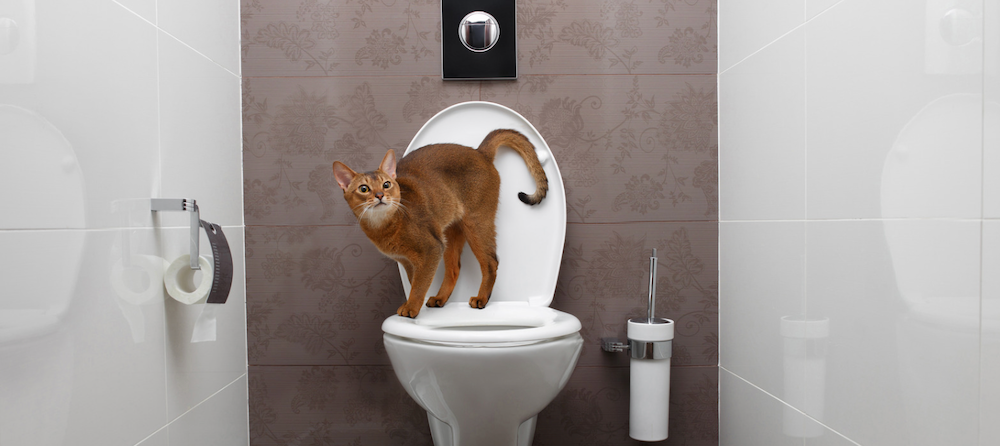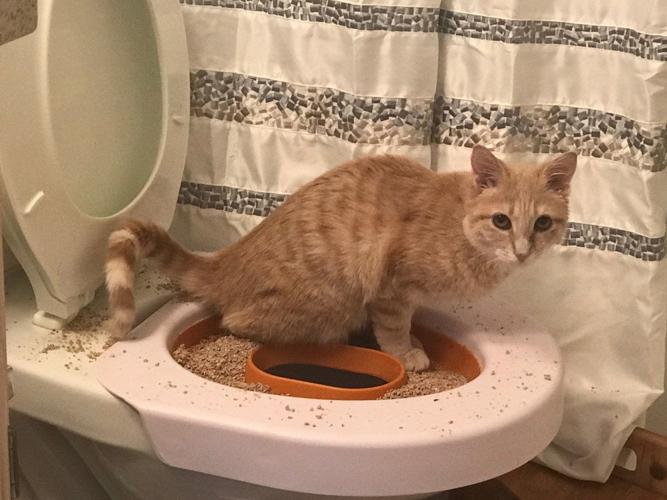Why Flushing Cat Poop Down Your Toilet Is Harmful - Tips for Correct Disposal
Why Flushing Cat Poop Down Your Toilet Is Harmful - Tips for Correct Disposal
Blog Article
Almost everyone maintains their own opinion on the subject of How to Dispose of Cat Poop and Litter Without Plastic Bags.

Introduction
As cat proprietors, it's vital to bear in mind exactly how we throw away our feline close friends' waste. While it might seem hassle-free to flush feline poop down the commode, this practice can have harmful consequences for both the environment and human health.
Environmental Impact
Flushing pet cat poop presents hazardous microorganisms and bloodsuckers right into the supply of water, presenting a significant threat to aquatic ecosystems. These pollutants can adversely affect marine life and concession water quality.
Health and wellness Risks
In addition to environmental issues, purging feline waste can additionally posture wellness threats to humans. Pet cat feces might contain Toxoplasma gondii, a bloodsucker that can create toxoplasmosis-- a possibly serious health problem, especially for expectant females and people with damaged body immune systems.
Alternatives to Flushing
Fortunately, there are safer and more liable methods to take care of feline poop. Think about the adhering to alternatives:
1. Scoop and Dispose in Trash
The most typical method of throwing away cat poop is to scoop it right into a naturally degradable bag and throw it in the garbage. Make certain to make use of a committed clutter inside story and throw away the waste without delay.
2. Use Biodegradable Litter
Select biodegradable cat trash made from products such as corn or wheat. These litters are environmentally friendly and can be safely taken care of in the garbage.
3. Hide in the Yard
If you have a yard, think about hiding pet cat waste in an assigned location away from vegetable yards and water sources. Make sure to dig deep enough to avoid contamination of groundwater.
4. Mount a Pet Waste Disposal System
Buy a family pet waste disposal system particularly developed for cat waste. These systems utilize enzymes to break down the waste, lowering odor and environmental impact.
Final thought
Liable family pet possession prolongs past offering food and shelter-- it likewise includes correct waste administration. By avoiding flushing pet cat poop down the commode and selecting alternative disposal approaches, we can minimize our environmental impact and secure human health.
Why Can’t I Flush Cat Poop?
It Spreads a Parasite
Cats are frequently infected with a parasite called toxoplasma gondii. The parasite causes an infection called toxoplasmosis. It is usually harmless to cats. The parasite only uses cat poop as a host for its eggs. Otherwise, the cat’s immune system usually keeps the infection at low enough levels to maintain its own health. But it does not stop the develop of eggs. These eggs are tiny and surprisingly tough. They may survive for a year before they begin to grow. But that’s the problem.
Our wastewater system is not designed to deal with toxoplasmosis eggs. Instead, most eggs will flush from your toilet into sewers and wastewater management plants. After the sewage is treated for many other harmful things in it, it is typically released into local rivers, lakes, or oceans. Here, the toxoplasmosis eggs can find new hosts, including starfish, crabs, otters, and many other wildlife. For many, this is a significant risk to their health. Toxoplasmosis can also end up infecting water sources that are important for agriculture, which means our deer, pigs, and sheep can get infected too.
Is There Risk to Humans?
There can be a risk to human life from flushing cat poop down the toilet. If you do so, the parasites from your cat’s poop can end up in shellfish, game animals, or livestock. If this meat is then served raw or undercooked, the people who eat it can get sick.
In fact, according to the CDC, 40 million people in the United States are infected with toxoplasma gondii. They get it from exposure to infected seafood, or from some kind of cat poop contamination, like drinking from a stream that is contaminated or touching anything that has come into contact with cat poop. That includes just cleaning a cat litter box.
Most people who get infected with these parasites will not develop any symptoms. However, for pregnant women or for those with compromised immune systems, the parasite can cause severe health problems.
How to Handle Cat Poop
The best way to handle cat poop is actually to clean the box more often. The eggs that the parasite sheds will not become active until one to five days after the cat poops. That means that if you clean daily, you’re much less likely to come into direct contact with infectious eggs.
That said, always dispose of cat poop in the garbage and not down the toilet. Wash your hands before and after you clean the litter box, and bring the bag of poop right outside to your garbage bins.
https://trenchlesssolutionsusa.com/why-cant-i-flush-cat-poop/

As an enthusiastic person who reads about Can You Flush Cat Poo or Litter Down the Toilet?, I imagined sharing that information was a good thing. I beg you set aside a second to distribute this entry if you appreciated it. I value reading our article about Can You Flush Cat Poop Down The Toilet?.
Call Today Report this page